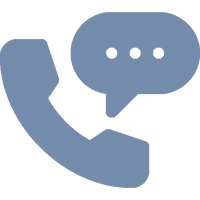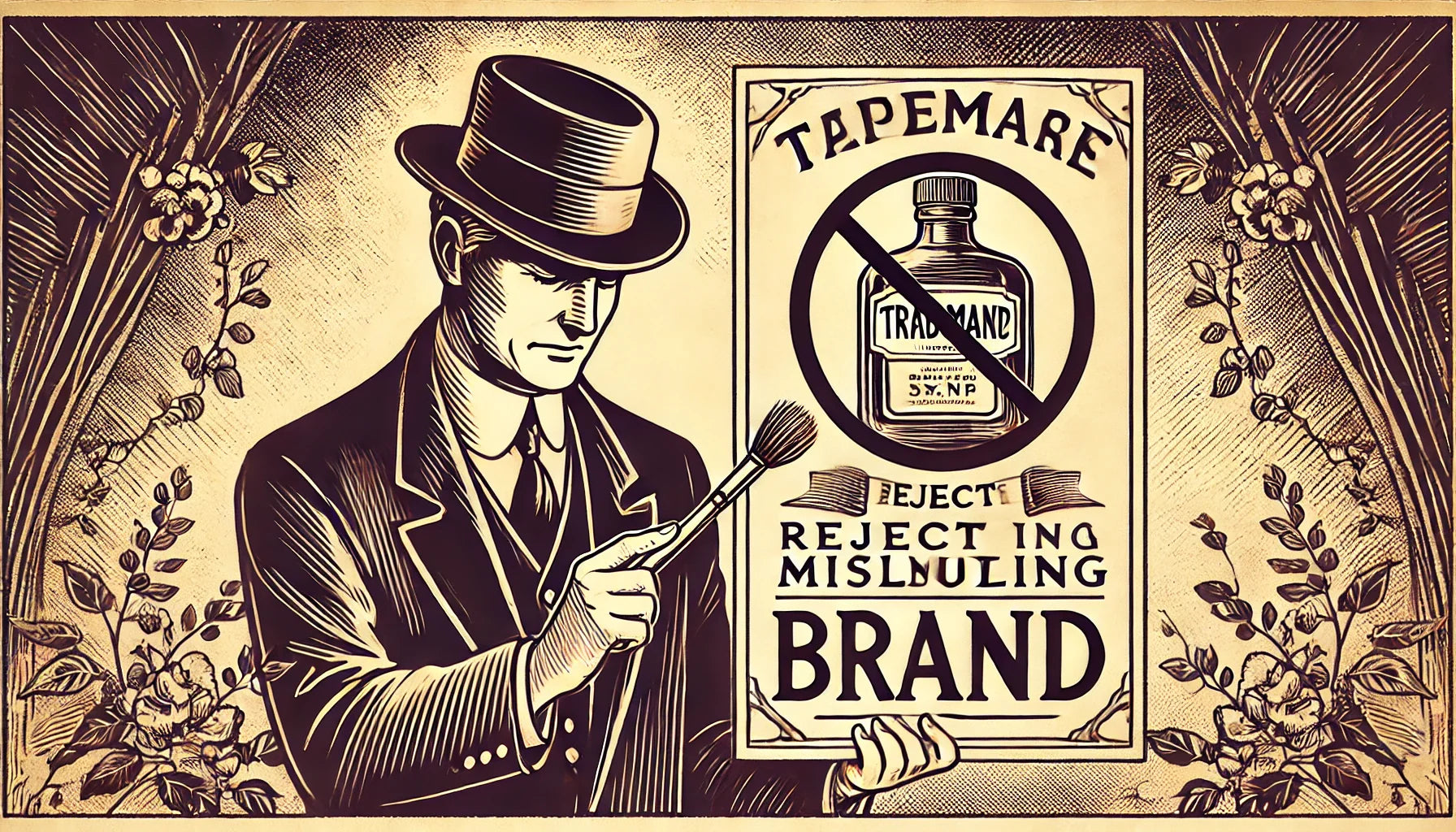|
In 2015 I found myself at a crossroads. I had been working about 12 years in essentially the same role. There had been four different companies in that time, and the job titles had varied, but the role was essentially the same. My role was being a liaison between technology development teams, and internal, and external business partners. In my role, I would meet with decision makers in various business lines, discuss with them where the systems were falling short, or failing them, create documentation around this, and meet with technology, and development teams to design and build solutions. By 2015 I was very comfortable in this role, and I was well compensated. I had one big problem, I was ruling out of energy for the work I was doing. I was bored. I realized that I was becoming miserable, and needed to make a change. I had two options; either I could continue the work I was doing,get a regular paycheck and be miserable, or I could take on a lot of risk and make a change to take on work that I thought I would love. I took the second option by launching a professional career, and executive coaching practice. This was my first serious start up, and in the process I learned several important things about starting a business. I’d like to share with you the high-level phases of my business development and tell you what I learned in the process of launching and building my practice.
Phase 1 - Defined My Business
When considering a business launch, I quickly realized I needed to create a business that would utilize my skills, and feed my passions. In the very beginning I did not know that my business would be a coaching practice. But I know one thing, I wanted to make people the focus of my work. This was a shift as my most recent work was focused on technology, software, systems, and IT infrastructure. I explored a couple different options. A couple months into my search I started researching the coaching discipline. I honestly don’t remember my first exposure to coaching, although over the years, I had met a couple people that described themselves as “Life Coaches”. Through a mutual friend, I had a opportunity to meet with a “Leadership Coach”. That was Jim Carr of Right Connections. I met Jim for lunch and he asked me some very important questions by Jim. (It was not for years later that I fully understood how critical those questions were.) A short time after that lunch, I made the decision to get coaching training, and explore how to launch a coaching practice.
Phase 2 - Assessed My Business Assets and Needs
To be successful, I knew I needed to play to my strengths. My strengths were being college educated, having a BA in Communications, and an MBA. I had a background in technology, and in business. I saw myself as essentially a business person. My MBA had helped fill out gaps in my understanding, and management of a business. This would come in handy. I was not afraid about reaching out to people and telling them about how I could help them. Early experience in sales, and marketing made it easier to sell my services to prospects. These were valuable assets in starting a business. But for what I had in mind, I needed coaching training. After researching a few different options, I decided on World Coach Institute of Boca Raton,Florida. I spent several months completing course work, and group training, and became certified as a Professional Coach (CPC), and a Career Coach (CCC). Fortunately for me, given the nature of coaching, I did not need to acquire a long list of business assets to get started. Assets that I needed to acquire were professional trade skills.
Step 3 - Announced My Business
Anyone who has attempted to start their own business will tell you that the toughest, most critical piece of having a successful start up, is acquiring clients. The first phase in acquiring clients is to announce your business. In my case, I tried everything I could think of announce my practice. This included Google Ads, Radio ads, streaming ads, joining a local Chamber of Commerce, Social Media, a newsletter, and networking. A lot of networking. This was what my business model looked like the first few months of my practice. I continued to buy ads, spend money, make phone calls, tell just about everyone I knew that I had a coaching practice. I put a lot of time, money, and effort into all of these channels. I only had a couple clients, and I was getting frustrated and burned out. What could I do to turn things around?
Step 4 - Stopped doing Things that Never Worked
I was a few months into my business launch. I was trying every option I could think of to find new clients. I was channeling my energy in multiple directions. I only had a couple clients. I was getting tired and frustrated. I could not go on this way. This was not sustainable. Then I made one of the best decisions for my new business. I stopped doing things that never generated clients. I made a decision to only work those channels that had some success. I bailed on those marketing activities that yielded no positive results. After this my life got much easier, and I started succeeding in building a client base. This is advise I freely give to anyone looking to launch a new business, or new coaching practice; at first try everything - give it some time to yield results - then stop doing things that prove unsuccessful.
Step 5 - Go where Clients Go
Coming out of step four, I realized that I needed to be a presence in places, and networks where my best prospects lived. I was refining my niche to two areas: 1) Career Coaching 2) Executive Coaching. Just considering social media, there are hundreds of networks in existence, each with their own flavor of members, and audience. Given my two niches, I felt the best social network for my practice was the LinkedIn network. I have been fortunate enough to have repeat clients, and referrals, but I continue to get most of my new clients from my activity on the LinkedIn. To refine the best networks for your start up, it is helpful to do research in the social media landscape, and make some initial decisions on which networks best fit your product, or service. It may even be worth engaging with a social media company to help you navigate the social media terrain. This is something I did.
Step 6 - Refined Product/Service and Massaging
This step is worth an article of its own. In the interest of keeping length appropriate, let me summarize by saying several years into the new business I worked with a coaching forum, and a business coach to create programs, and create more refined massaging so I could discuss what I had to offer clients in a more organized, and practical way. I have no doubt that efforts helped me to articulate more clearly how I could help them, and helped to grow my business.
Step 7 - Expanded Channels
Taking the steps in the historical sequence of when they happened in my business, this step brings us to the present state of my business. I came to understand that for my coaching practice, LinkedIn was the best network to stay active in. But I worked with a business coach to get my name. and business registered with multiple professional coach directories to expand my public presence. I was recently interviewed for “Inventive Journey” podcast, and look forward to other podcast opportunities to reach out in new markets.
To share the experience of launching my new business, I have tried to match up lessons I learned with what I see as high-level historical phases in my business. Because as I had new realizations, learned important lessons, this has driven changes to my business model, and what I see as the major “phases” of my business. Some of the important lessons I have learned from my launch is to define my business, assess my assets and needs, announced my business, stopped doing things that failed, go where my clients go, refined my massaging, and most importantly, continued to be open to change. By constantly tracking the success of my business, and staying open to options of changing my business model, I have continued to stay relevant, and viable. Despite pandemics, dramatic shifts in government policies, and aberrant economic conditions, my coaching practice has continued to have success and grow If it is your passion to start your own business or practice, I encourage you to move forward with confidence, and purpose. I sincerely hope for your success. I am happy to share my story with anyone considering a new business launch. I hope you have found some things of value here. In parting, I have two truths I can share with you: I have never looked back once I made my decision to start my own business, and I continue to love what I do. To your success!
AUTHOR: Brian Kail, MBA, CPC, CCC is a professional Career & Executive Coach For more information see AscendProCoach.com If you are a startup, small business, or a solo-inventor looking for a high quality & affordable patent or trademark, you've found the right place. Miller IP Law offers transparent and affordable options specifically designed for your business goals. Grab a strategy meeting to kick things off! |
 About the Firm... About the Firm... Miller IP Law is a firm that focuses on small businesses, startups, and entrepreneurs/solopreneurs. We’re easy to use. We offer affordable pricing that’s transparent and flat-rate. We focus on the little guys who actually need our help. If you’d like an attorney on your team, simply schedule a Zoom call, and we’ll take care of the rest. Top Blog Articles1. Cheapest Way To Get A Patent 2. How Long Does It Take To Get A Trademark?  Want to chat more about this topic, or got a burning question? Take advantage of instant chat and send us a direct message

Find Us On LinkedIn |
About Our Firm…
Miller IP Law is a group of attorney's, based out of Mountain Green, Utah, who are excited to help you build your business and further innovate market places and economies. Please consider looking at our services, billed at flat rate, and be sure to grab a free strategy session to meet with us!
Get weekly stories and information about protecting intellectual property with our e-mail Newsletter today!
Need To Get In Touch With Us?➡Schedule A Free Strategy Session Today… |
|
Flat Fee Pricing
Straightforward for Patents and Trademarks
|
Patent Application |
Trademark Application |
Copyright Application |








